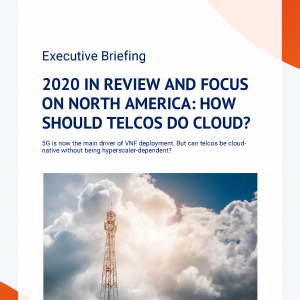How the Coordination Age changes the game
£1,000.00 excl VAT
Telecoms is moving into its third age: the Coordination Age. Why was it so hard for telcos to adapt when content shifted from the physical to the virtual world with the growth of the Internet, and how can they learn from past experience to create new value in the next seismic change in telecoms and content?
Description
Format: PDF filePages: 32 pagesCharts: 08Author: David Martin,Publication Date: February 2019
Table of Contents
- Executive Summary
- Introduction: Three Ages of Telecoms
- Differing characteristics and functions of telecoms across the three ages
- The three telecoms ages correspond to different socio-economic and human functions
- Speaking, showing and doing: The three ages of telecoms
- The Communications Age: A telecoms of the Real, mediated by voice
- The Information Age: A telecoms of the Imaginary, mediated by the screen
- The Coordination Age: A telecoms of outcomes, driven by active intelligence
- Coordination services rely on contextual and physical data, and the physical aspects of networking
- Summary: Characteristics and purposes of telecoms across its three ages
- Conclusions
- Recommendations: A new telco age brings new opportunities but also renewed responsibilities
Table of Figures
- Figure 1: The three ages of telecoms
- Figure 2: Basic functions of telecoms in the three telco eras
- Figure 3: ‘Real’, physical characteristics of the Communications Age telecoms network and service
- Figure 4: The core telecoms service – circuit-switched telephony – in the first telecoms age
- Figure 5: Comparison of the social, service and technology characteristics of Communications Age and Information Age telecoms
- Figure 6: Permanent, virtual presence to others replaces real-time voice communications
- Figure 7: Driverless car ecosystem in the Coordination Age
- Figure 8: Comparison between the three telecoms eras
Technologies and industry terms referenced include: business needs, capex, Culture, efficiency, growth, information, Internet of Things, Platform, purpose, R&D, Relevance, resources, Strategy, transformation, why


